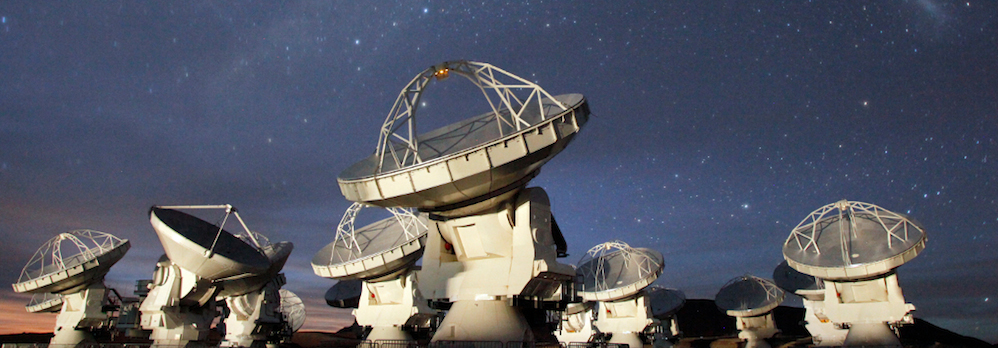We participate in several working groups aimed at preparing future ESA missions. These include:
ATHENA – Advanced Telescope for High-ENergy Astrophysics – will be an X-ray telescope designed to address the Cosmic Vision science theme ‘The Hot and Energetic Universe’. On 2014, ATHENA was selected as the second L-class mission in ESA’s Cosmic Vision 2015–25 plan, with a launch foreseen in 2028. The mission has now entered the study phase; once the mission design and costing have been completed, it will eventually be proposed for ‘adoption’ around 2019, before the start of the construction phase.
XIPE – X-ray Imaging Polarimetry Explorer – is a new mission concept selected by ESA in June 2015 to undergo a 2 years-long assessment phase in the context of the Cosmic Vision M4 competition. The mission is devoted to the observation of celestial sources in X-rays via imaging X-ray polarimetry. It will study acceleration phenomena in supernovae, pulsar wind nebulae and jets,
X-ray emission in strong magnetic fields in cataclysmic variables, pulsars and magnetars as well as scattering in X-ray binaries and AGN, opening a new observational window for astrphysical sources of X-rays.
SPICA – Space Infrared Telescope for Cosmology and Astrophysics – is a joint space mission of Japan and Europe which will be soon subnmitted to ESA in the framework of its Cosmic Vision M5 competition. The mission is optimized for mid- and far-infrared astronomy with a cryogenically cooled 2.5m telescope. Its high spatial resolution and unprecedented sensitivity in the mid- and far-infrared will enable us to address a number of key problems in present-day astronomy, ranging from the star-formation history of the universe to the formation of planets. Its main scientific goals include the study of the star-formation histroy across the Universe, the formation and evolution of AGN and their interaction/impact on the host galaxy, and the study of the formation and evolution of planetary systems.
